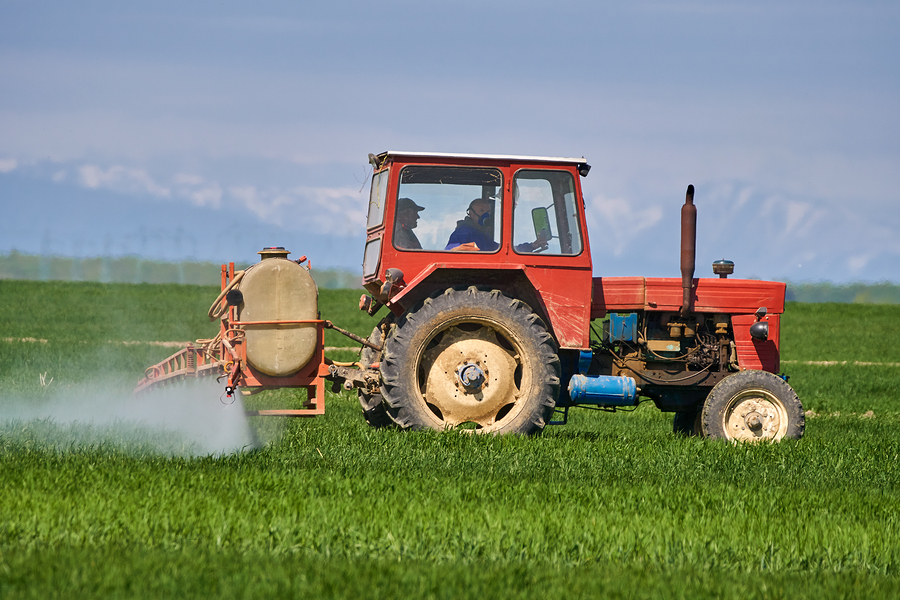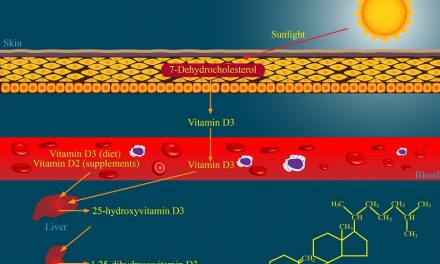Researchers from the University of California, Santa Barbara, compared 500,000 birth records for people born in the San Joaquin Valley between 1997 and 2011 and levels of pesticides used in the area.
The average use of pesticides over that period was about 975kg for each 2.6sq km area per year.
RELATED ARTICLE:
But, for pregnant women in areas where 4,000kg of pesticides was used, the chance of giving birth prematurely rose by about 8 per cent and the chance of having a birth abnormality by about 9 per cent.
Writing in the journal Nature Communications, the researchers compared this to the 5 to 10 per cent increase adverse birth outcomes that can result from air pollution or extreme heat events.
“Concerns about the effects of harmful environmental exposure on birth outcomes have existed for decades,” they wrote.
RELATED ARTICLE:
“Great advances have been made in understanding the effects of smoking and air pollution, among others, yet research on the effects of pesticides has remained inconclusive.
“While environmental contaminants generally share the ethical and legal problems of evaluating the health consequences of exposure in a controlled setting and the difficulties associated with rare outcomes, pesticides present an additional challenge.
“Unlike smoking, which is observable, or even air pollution, for which there exists a robust network of monitors, publicly available pesticide use data are lacking for most of the world.”
They said exposure to pesticides varied greatly in the San Joaquin Valley, with more than half of the births in places where there were no pesticides used in the area.
“For most births, there is no statistically identifiable impact of pesticide exposure on birth outcome. Yet, for individuals in the top 5 per cent of exposure, pesticide exposure led to 5 to 9 per cent increases in adverse outcomes,” they said.
“The magnitude of effects was further enlarged for the top 1 per cent, where these extreme exposures (more than 11,000kg over gestation) led to an 11 per cent increased probability of preterm birth, 20 per cent increased probability of low birth weight, and about a 30g decrease in birth weight.
RELATED ARTICLE:
“For birth abnormalities, being in the high versus low pesticide exposure group for cumulative pesticide use over gestation increased the probability of a birth abnormality by about 9 per cent (5.8 per cent of births have a birth abnormality in this sample).”
*Article originally appeared at Organic Consumers Association












